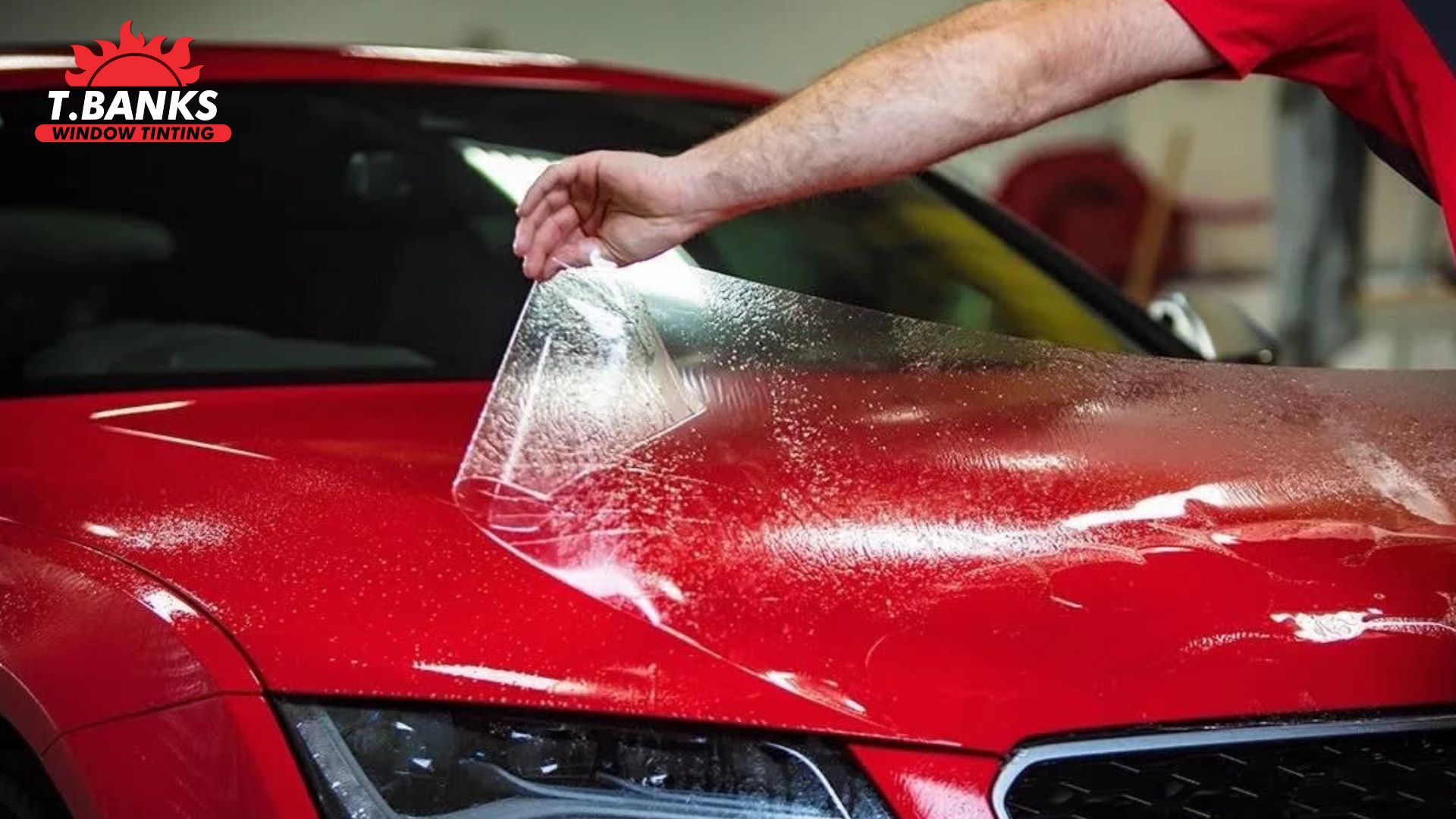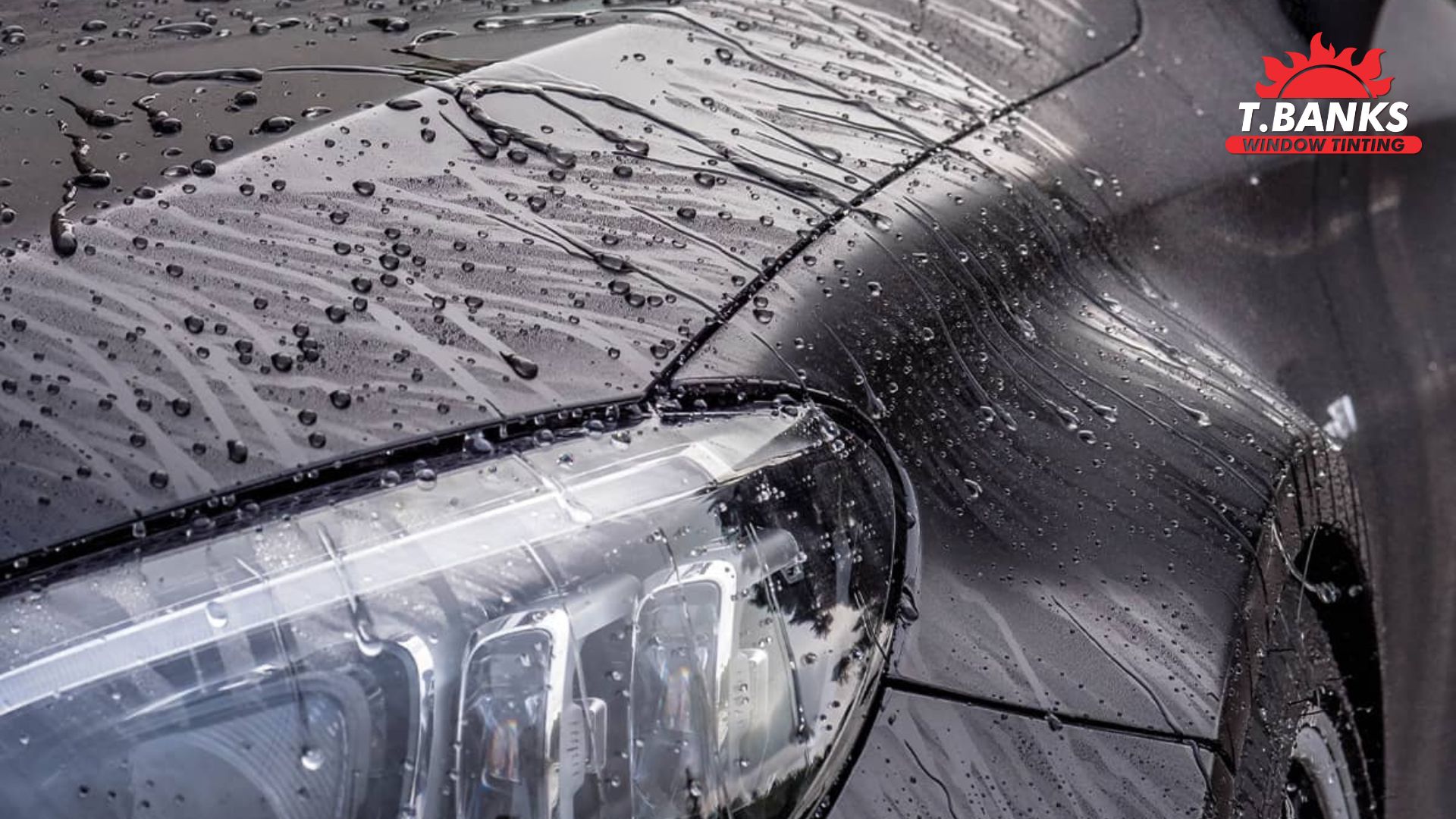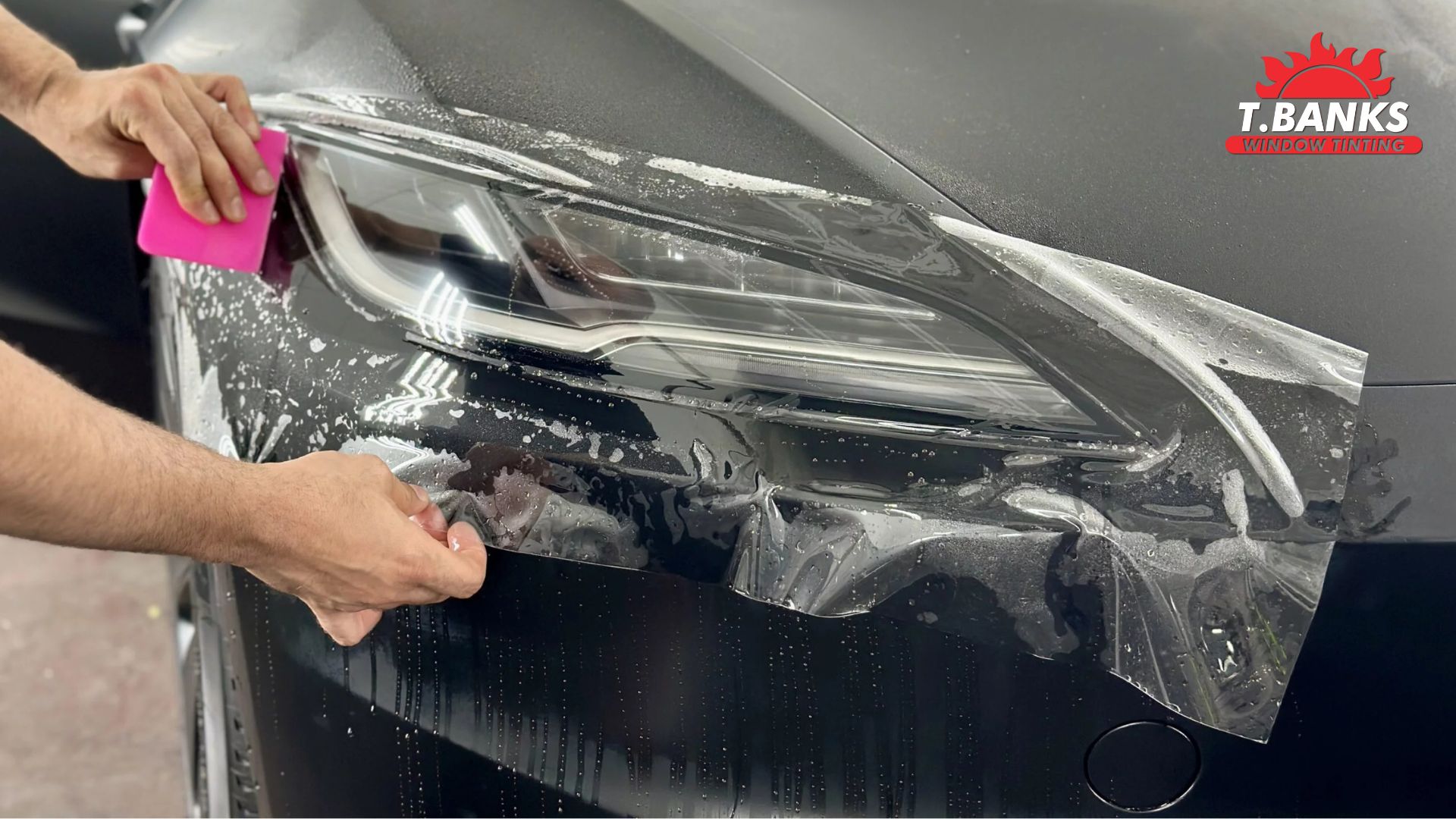If you’ve been driving around Martinez or Augusta for a while, chances are you’ve seen firsthand what Georgia’s roads and climate can do to your car’s paint. Between intense summer heat, heavy seasonal pollen, and loose gravel from construction along I-20 or Washington Road, your vehicle takes a beating year-round. That’s why so many local drivers turn to paint protection film (PPF) to keep their cars looking sharp. But once it’s installed, the next logical question is: How long does paint protection film actually last?
What Is Paint Protection Film and How Does It Work?
Paint protection film, also known as clear bra or PPF, is a transparent, durable film applied to the exterior surfaces of your vehicle—especially the areas most prone to damage like the hood, front bumper, fenders, and side mirrors.
At T. Banks Window Tinting, we work with high-quality, urethane-based materials that are engineered to absorb small impacts and resist scratches. One of the most impressive features of modern PPF is its self-healing properties—light scratches and swirl marks can literally disappear with heat from the sun or warm water.
Unlike wax or even ceramic coatings, PPF acts as a physical barrier, not just a chemical layer. It deflects debris, shields your paint from UV rays, and resists contaminants like bird droppings or road tar. Think of it as invisible armor for your car.
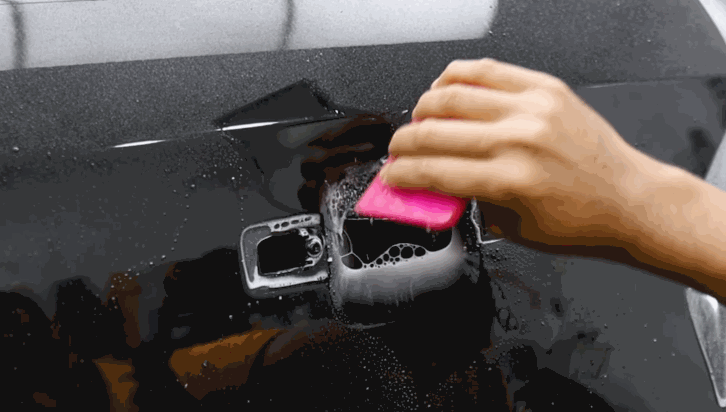
Average Lifespan of Paint Protection Film
On average, paint protection film can last anywhere from 5 to 10 years, depending on a few key factors—primarily the quality of the film, the quality of the PPF installation, and how the vehicle is maintained over time.
Here’s a breakdown:
- Standard PPF films typically last around 5–7 years. These are ideal for drivers who want solid protection at a more budget-friendly price point.
- Premium PPF films, like those we use here at T. Banks Window Tinting, can last up to 10 years or more when properly maintained. These products offer stronger resistance to yellowing, cracking, and lifting.
Most reputable brands also back their products with warranties ranging from 5 to 10 years, which generally cover issues like discoloration, delamination, or adhesive failure.
That said, the true longevity of your PPF comes down to a few key ingredients:
- The film brand and quality
- The installer’s experience and precision
- And your own care routine after installation
When all three align, you’re not just getting a few years of protection—you’re buying long-term peace of mind.
Factors That Affect Longevity
While paint protection film is built to last, its true lifespan depends on a handful of important factors. Here’s what we always tell our customers in the Martinez and Augusta area:
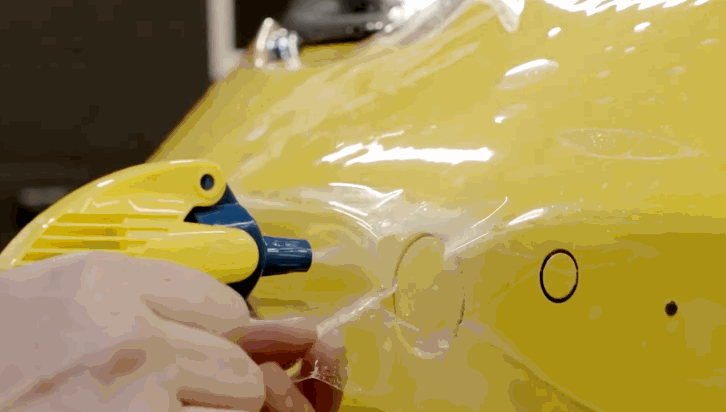
Quality of the Film
Not all PPF is created equal. Premium brands like XPEL, SunTek, and 3M offer advanced protection, better optical clarity, and longer durability. They resist yellowing, cracking, and peeling far better than cheaper alternatives you might find online. When it comes to something as critical as your vehicle’s finish, cutting corners on material isn’t worth it.
PPF Installation Quality
Even the best film won’t last if it’s poorly installed. At T. Banks Window Tinting, our experienced installers ensure each cut is precise and each panel is laid down flawlessly. The curing process, edge wrapping, and even how we prep the surface make a massive difference in how long your PPF holds up.
Local Climate in Martinez, GA
Georgia weather is no joke. The UV-heavy summers, high humidity, and thick spring pollen can all wear down your car’s exterior. Constant temperature swings and sudden rainstorms add to the stress. PPF acts like a shield—but the harsher the environment, the more important it is to maintain it properly.
Driving Conditions
We see a big difference between cars that cruise downtown Martinez or Evans occasionally, and those that commute daily on I-20 or Riverwatch Parkway. Highway speeds mean more impact from gravel, road debris, bugs, and even salt during rare cold snaps. The more exposure your car gets, the harder the PPF has to work.
Maintenance Habits
How you care for your vehicle post-installation is a big deal. We recommend:
- Hand washing only, preferably every 1–2 weeks
- Use pH-neutral car soaps
- Dry with microfiber towels, not abrasive rags
- Avoid automatic car washes—especially those with spinning brushes
Doing all this helps your film stay clearer, cleaner, and crack-free for years.
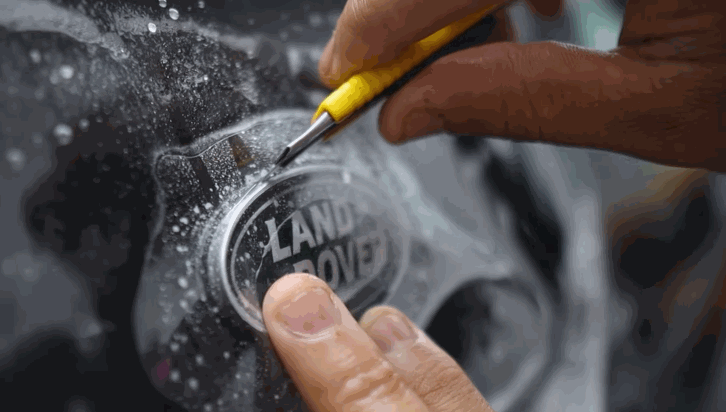
How to Make Your PPF Last Longer
If you’re already investing in paint protection film, a little upkeep will go a long way. Here are some practical, Georgia-tested tips to maximize your PPF’s lifespan:
- Rinse frequently during pollen season. Georgia’s spring is beautiful—but brutal for your paint. Even a quick rinse every week during peak pollen months (like March through May) can keep buildup from settling into the film.
- Schedule annual checkups. We recommend bringing your vehicle in at least once a year for a quick inspection. If we spot minor lifting or damage early, we can fix it before it spreads.
- Spot-clean bug splatter or bird droppings quickly. These are acidic and can degrade film over time—especially in the summer heat.
- Avoid prolonged exposure to tree sap and road tar. If your car sits outside under trees, consider a car cover or regular rinses.
- Pair your PPF with a ceramic coating. This is one of our favorite tricks—ceramic coating adds hydrophobic properties on top of your PPF, making it even easier to clean and more resistant to stains and UV rays.
Protecting your investment doesn’t have to be a hassle. Just like your paint, your film deserves a little care to keep it looking sharp.
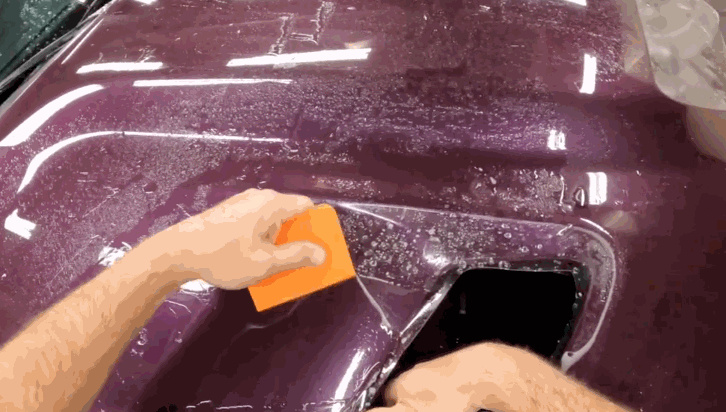
Signs It’s Time to Replace Your Paint Protection Film
Even the best paint protection film won’t last forever. Over time, exposure to sun, moisture, and debris can cause wear and tear—and knowing when to replace your film is key to protecting your vehicle’s paint underneath.
Here are some common red flags:
- Yellowing: This is often caused by UV exposure, especially on older or lower-grade films. If your clear bra starts to turn cloudy or amber, it’s time to replace it.
- Cracking or bubbling: Heat and age can cause the film to crack, bubble, or lose its smooth finish.
- Lifting edges: If the film starts peeling back around corners or seams, debris and water can get underneath—leading to long-term damage.
- Dull or faded appearance: If your PPF looks hazy and won’t clean up with a regular wash, it may have reached the end of its protective life.
We always recommend not trying to stretch the life of damaged film. Leaving compromised PPF on your car too long can trap moisture and contaminants, which may etch into your factory paint—leading to costly repairs. A timely replacement ensures your car stays protected and looking its best.
Conclusion: Protect Today, Save Tomorrow
So, how long does paint protection film last? On average, you can expect 5 to 10 years of reliable protection, especially with high-quality materials, expert installation, and proper care. And in places like Martinez, GA, where the climate and roads can really do a number on your car’s paint, that protection is more than worth it.
If you’re serious about keeping your car looking sharp for years to come, PPF is an investment that pays off, not just in appearance, but in long-term value.
Have questions or want to see if PPF is right for your vehicle? Reach out to us at T. Banks Window Tinting, we’re always happy to walk you through the options, show you real examples, and give you a quote that fits your needs.
Your car deserves more than just a quick detail, it deserves protection that lasts
T. Banks window tinting address
4.8 ⭐⭐⭐⭐⭐ 268 Google reviews Window tinting service in Martinez, Georgia

